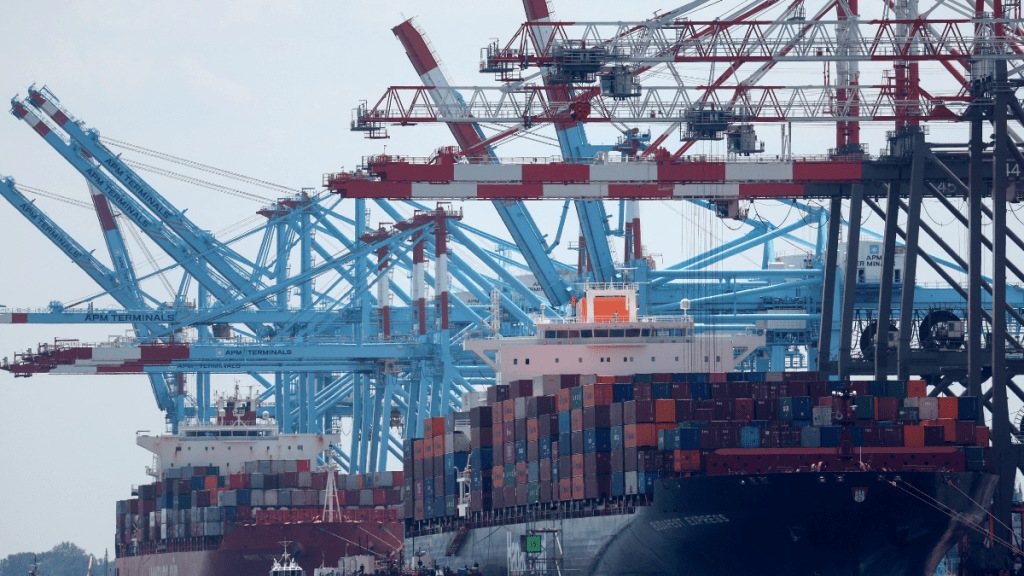Union Minister of Ports, Shipping and Waterways, Sarbananda Sonowal, provided a written reply to a starred question in the Lok Sabha raised by Biplab Kumar Deb and Shankar Lalwani. The query focused on the details of cargo movement through National Waterways (NWs) since 2013-14, steps taken by the Government to enhance this movement, and the development of new National Waterways.
Significant Increase in Cargo Movement
In his response, Sonowal highlighted substantial progress under the leadership of Prime Minister Narendra Modi. Cargo movement through NWs increased remarkably, with total traffic rising from 29.16 MMT in FY 2014-15 to 133.03 MMT in FY 2023-24, representing a Compound Annual Growth Rate (CAGR) of 18.07%. This marks a significant increase compared to the 18.07 MMT recorded in FY 2013-14.
With ambitious targets under the Maritime India Vision 2030 and Maritime Amrit Kaal Vision 2047, the Government aims to boost cargo traffic, targeting 200 MMT by 2030 and 500 MMT by 2047. In 2016, 106 new National Waterways were declared, increasing operational waterways from three in 2013-14 to 26 by 2024.
Sonowal stated, PM Narendra Modi’s focus on holistic development and his mantra of ‘Transformation through Transportation’ are turning waterways into the new highways of India. The last decade has seen tremendous improvements in this sector, which is both affordable and eco-friendly.
Key Measures and Projects
Key measures include the Inland Vessels Act, 2021, replacing a century-old law, and the Jal Marg Vikas Project (JMVP), launched in 2018, with a financial outlay of Rs 5,369.18 crore. Additionally, 13 new NWs were approved for development in 2022.
The Indo-Bangladesh Protocol Route has further boosted cargo movement by linking NW1 and NW2, enhancing trade in the North East. Digital initiatives like the IWAI Vessel Tracker and the PANI Portal play a pivotal role in increasing cargo movement on waterways.
Sonowal mentioned that 14 new NWs have been approved, located in Kerala, Goa, Maharashtra, Uttar Pradesh, Bihar, West Bengal, and Assam, with an estimated development cost of Rs 400 crore

